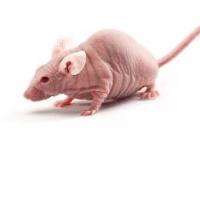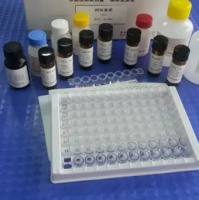Neurological Evaluation of Movement Disorders in Mice
互联网
516
To better understand the mouse models we are working with, it is desirable to be able to probe for underlying functional deficits, which not only provide clues to the neuropathology of the animal, but also provide functional targets for therapeutic interventions. This chapter describes four methods for identifying and assessing neurological deficits in mice. These methods have been chosen because of their sensitivity in identifying deficits, their reliability in that they have been tried and tested and produce high quality reproducible data, and their accessibility as they require very little equipment and are therefore an inexpensive option. The first approach to be described is the modified SHIRPA primary screen, which is a battery of simple manual manipulations and observations assessed using rating scales. The primary screen is a high throughput method of detecting neurological and physiological abnormalities, and the general health status of the mouse. For the purposes of the present chapter, only the neurological aspects of the screen have been described. Also described is the rotarod apparatus and method. The rotarod can be used in either a stepped (using individual speeds), or accelerating method with both measuring general motor coordination. To measure gait, the footprint test is described, where mice simply have to run along a corridor with painted feet, such that the pattern of the footfall is recorded on paper that lines the floor of the apparatus. Different measurements between footfalls provide a description of the gait of the mouse. A measure of balance and fine limb control was also included in the form of the balance beam (or elevated bridge) test. Our version of the test assesses how well mice can run up a tapered beam, with measures of latency to cross and the number of footslips used as the principal readouts. Together, these simple tests can provide a detailed analysis of neurological deficits in mouse models of disease.








